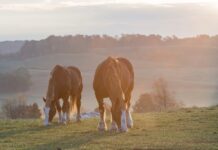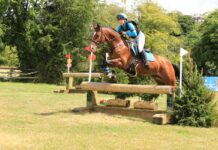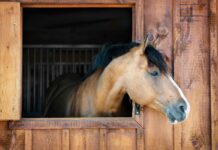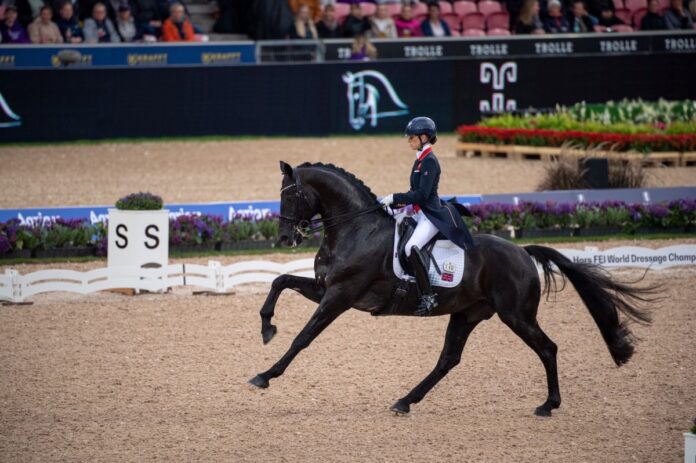
Feeding for breeding: targeted stallion support
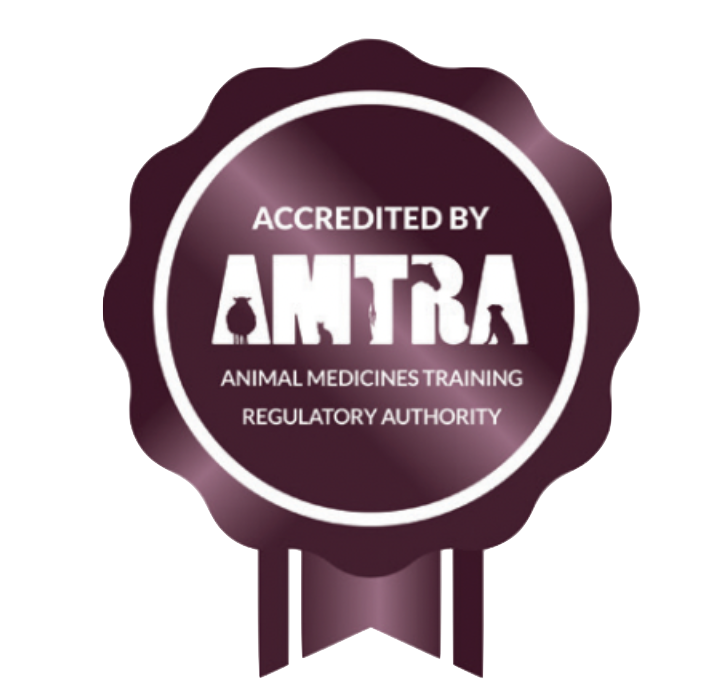
By Kate Hore RNutr(Animal), R.Anim.Technol (Cert), head nutritionist at NAF
CPD points in a given period of time in order to retain their qualification. RAMAs/SQPs who read this feature and submit correct answers to the questions below will receive two CPD points. For more about AMTRA and becoming a RAMA/SQP, visit www.amtra.org.uk
Whilst most of us are mourning the loss of summer, and dreading the winter months ahead with horses, for others, the promise of spring is already in the air. Studs are thinking ahead as planning for successful breeding can never start too early. Thoroughbred stallion managers, who have an early season aiming at that traditional 1st January birthdate of all racehorses, need to be thinking now about getting them in peak fitness for the New Year. Whilst multi-discipline performance stallions – who both compete and breed – might just be winding up a busy competition season, before looking ahead to next year’s stud duties. But why does preparation start so early? Well, it’s all about timing.
In the Northern Hemisphere the covering season for Thoroughbred stallions traditionally starts on 14th February – how appropriate, St Valentine’s Day! A mare’s gestation period is typically around 340 days, but can be as low as 320 days. Therefore mid-February is the ideal time for aiming at that early January foal. In the adult stallion, billions of sperm cells are produced daily - up to 70,000 a second! However complete spermatogenesis, the body’s production of sperm, takes approximately 57 days to full maturity as spermatozoa. When not covering, any excess of stored sperm is excreted through the urine. Therefore to get a stallion at his best reproductive health, with strong swimming, fertile sperm, we need to start planning around two months prior to covering for the best quality semen to be ready when we need it. Therefore the Thoroughbreds will be starting that preparation from December, with performance stallions following from February onwards.
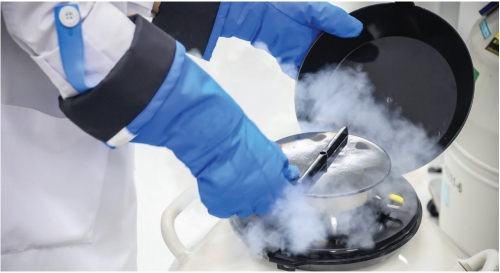
A stallion releases billions of sperm per ejaculate, and as only one is needed for a successful pregnancy surely success is guaranteed? Sadly that isn’t the case, with poor fertility rates relatively common in horses.
The development of ART (Assisted Reproductive Technology) in equine breeding, including AI (Artificial Insemination), cooled and frozen semen, ICSI (Intracytoplasmic sperm injection) and Sexed Semen, put additional pressures on semen quality. However, the good news is targeted supplement nutrition can provide additional support, maximizing every stallion’s fertility. The right nutritional complex can optimize sperm morphology (structure) and motility (movement) as well as semen numbers and breeding behaviour.
Omega Fatty Acids
Sperm membrane is made up of lipids – fatty or oily compounds that protect those precious cells, and for this reason Omega Fatty Acids are proven to support semen quality. Useful for all stallions, but particularly those covering for cooled or frozen semen, and other ARTs, omega fatty acids should be supplemented in stallion diets. Natural sources include linseed oil, marine algae such as spirulina, or chia seeds. The marine algae oils are a useful source of DHA (Docosahexaenoic acid), one particular omega three that is particularly associated with semen quality.
Antioxidants
High fat systems, such as the lipids found in semen, are prone to free radical oxidative damage in the body. Therefore, alongside the omegas it is important to ensure antioxidants are also provided. Vitamin E working in synergy with selenium are well-known and well recognised in stallion nutrition, and for best results it is advised to choose the most effective sources. For selenium that means choosing the selenized yeast source. Whilst for Vitamin E it is important to look for ‘Natural vitamin E’, which only contains the most bioavailable isomer (form) of the vitamin. That form is sometimes also referred to as the ‘RRR’ isomer of Vitamin E.
Look too for zinc, as an important co-factor in the antioxidant cascade. Whilst evidence in horses is limited, across species low zinc is associated with depressed testosterone levels.
Vitamins
Whilst Vitamin E is probably the most important vitamin for fertility, others also play a key role. Vitamin A is necessary for normal, healthy sperm production, whilst L-Carnitine, a vitamin-like nutrient, is beneficial for improved fertility.
Digestive Support
Stallions, like all horses, should be in a good condition at the start of the stud season, as either underweight or overweight could negatively impact stud work. However, we often see body condition drop away as the season progresses. This is particularly true of busy stallions such as natural cover Thoroughbreds, where popular stallions may cover several times a day; or multi-discipline stallions who combine stud duties and competition throughout the season. Therefore, we advise supplementing with digestive support from prebiotics and live probiotic yeast, to help maintain a healthy body condition score.
An additional benefit of digestive support can be seen in stabilizing the gut-brain axis, that direct link along the vagus nerve that allows the gut microbiome to influence the brain and vice versa. Stallions can be notoriously highly strung, but as Tullis Matson (Managing Director at Stallion A.I. Services) says, ‘Happy stallion = Happy sperm’. Therefore, using digestion supplements to balance the gut, which in turn can balance the brain, is recommended. From a nutrition point of view, we would say:
‘Happy gut = Happy stallion = Happy semen’
Adaptogens
Another aspect where behaviour can significantly impact stallion performance is in libido. Whilst it might be a bit ‘hush-hush’ subject, and something stud owners won’t admit, poor libido is common in working stallions. Associated with both modern stallion management practices, where they are typically kept away from mares, older stallions, or the workload of competing and stud duties, it can be a real problem, Use of herbal ‘adaptogens’, so called because they help the body adapt to physical stress, can be very useful in maintaining their interest and natural ‘spark’. Look for those botanical adaptogens best recognised as useful for breeding behaviour, such as ginseng and epimedium.
In conclusion we can see that the right nutrition is an essential tool in maximizing every stallion’s potential throughout the stud season. Whether your customer is looking to rectify a concern with their stallion, such as poor semen concentration, low motility or lack of libido; or whether they have a great, healthy, breeding stallion and want to maximize his opportunities in ARTs, then feeding the right supplement complex of key nutrients is essential. Do look for a product evidence-based and trialed at the best studs, and don’t forget that timing for early season success is important, so be prepared.
Selected References
- Campbell M. Managing lack of libido in stallions. 2017. Vettimes. Jan 23.
- Chauhan NS et al. A review on plants used for improvement of sexual performance and virility. Biomed Res Int. 2014;2014:868062.
- Goedde L.D et al. Effects of feeding a yeast-based supplement containing selenized yeast, vitamin E and a DHA-rich microalgae on sperm motion characteristics. Journal of Equine Veterinary Science. 2015. 35(5) : 438
- Schmid-Lausigk Y, Aurich C. Influences of a diet supplemented with linseed oil and antioxidants on quality of equine semen after cooling and cryopreservation during winter. Theriogenology. 2014 Apr 15;81(7):966-73.
- Stradaioli G et al. Effect of l-carnitine administration on the seminal characteristics of oligoasthenospermic stallions. Theriogenology. 2004. Aug:62 (3-4) 761-77
ABOUT ETN’S RAMA/SQP FEATURES
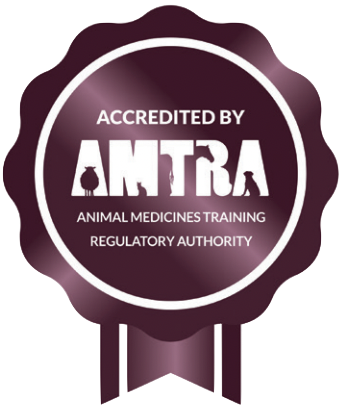
ETN’s series of CPD features helps RAMAs (Registered Animal Medicines Advisors/SQPs) earn the CPD (continuing professional development) points they need. The features are accredited by AMTRA, and highlight some of the most important subject areas for RAMAs/SQPs specialising in equine and companion animal medicine.
AMTRA is required by the Veterinary Medicines Regulations to ensure its RAMAs/SQPs undertake CPD. All RAMAs/SQPs must earn a certain number of CPD points in a given period of time in order to retain their qualification. RAMAs/SQPs who read this feature and submit correct answers to the questions below will receive two CPD points. For more about AMTRA and becoming a RAMA/SQP, visit www.amtra.org.uk






